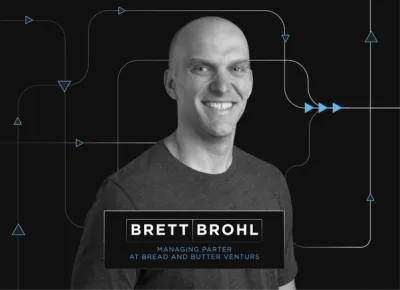
No founder has ever created a financial plan and cash flow projections they didn’t like. But what happens when the countless hours spent sifting through data, building models, and pitching your projections don’t go as planned?
There is endless content on putting together accurate financial projections and cash flow analysis but the reality is companies are still going to have down quarters, overly optimistic forecasts, and miss your projections one way or another. However, it is something that can be handled immediately with a few quick readjustments.

When to Readjust your Cash Flow Projections
As we mentioned above, no founder has created a forecast they did not like. There is a fine line between an optimistic and delusional projection. If you’re continuing to miss your forecast, have limited resources, etc. it is probably time to readjust your forecasts. For earlier stage companies, start with your life-blood; cash flow.
“Cash flow forecasting is important because if a business runs out of cash and is not able to obtain new finance, it will become insolvent. Cash flow is the life-blood of all businesses—particularly start-ups and small enterprises.”
Cash flow can be extremely delicate in the early stages of a company’s life. Being off by just a few weeks or months can make or break moral, investor interest, and the life of the business.
As Jason Lemkin puts it after a missed quarter, “If your cash is now going to stretch 12 months instead of 15, you may need to take action now. If you wait — it will be too late to make a difference. Do not wait a quarter here. Do this now.”
If revenue is down, chances are you are closer to your zero cash date and need to make sure this is accounted for. You will likely need to re-forecast your cash and financial projections for the year as well.
How to Readjust – A Dynamic Forecast
A quick and easy way to keep your projection in check? A last three to six month rolling projection simply using your growth rate and burn rate. What exactly is a “Last Three Month” model? You’ll just need to take the average of your last three (to six) month growth rate and roll it forward 12 months. While it may not be as appealing as a forecast you put together on your own it is generally a great indicator of where your business is heading.

Example from SaaStr.com
As you can see in the example above from SaaStr, the average growth rate over the last 4 months is 14.7% so they use that as their growth rate moving forward. As your new revenue and growth rates continue to change so will your rolling average and forecasts.
Chances are this will be the most realistic forward looking growth rates as well. However, you can still pair a “Last Three Month” model with your original forecasts so you have a more realistic and a “stretch” forecast to keep an eye on.
Start automating your cash flow projections using our business intelligence layer by signing up for a trial at Visible.vc




